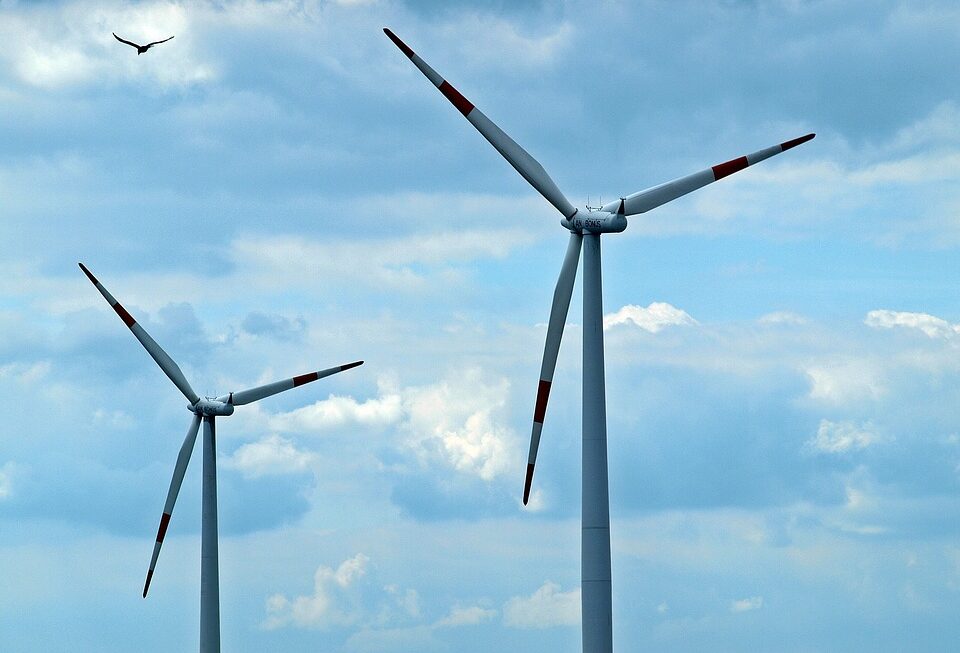[ad_1]
From Waste to Power: The Rise of Bioenergy Technology and its Environmental Benefits
Introduction:
The growing concern over climate change and the need to transition towards clean and sustainable energy sources has led to the rise of bioenergy technology. Bioenergy refers to the production of energy from organic matter, often derived from waste materials such as agricultural residues, forestry by-products, and municipal solid waste. This renewable energy source offers numerous environmental benefits, including reduced greenhouse gas emissions, waste management solutions, and the potential to create a circular economy. In this article, we will explore the advancements in bioenergy technology, its environmental advantages, and address frequently asked questions regarding this emerging industry.
Advancements in Bioenergy Technology:
Bioenergy technology has seen significant advancements in recent years, contributing to its rise as a viable alternative to fossil fuels. One such advancement is the development of anaerobic digestion, a process by which organic materials are broken down biologically in the absence of oxygen, resulting in the production of biogas. This biogas can then be converted into electricity or heat, replacing the need for fossil fuels. Anaerobic digestion is particularly effective in treating organic waste, reducing waste volume and capturing methane emissions.
Another advancement in bioenergy technology is the conversion of biomass into liquid biofuels through the process of bioconversion. This involves breaking down complex organic molecules into simpler compounds, such as ethanol or biodiesel, which can be used as transportation fuels. Bioconversion technologies have improved significantly, making biofuels economically competitive and environmentally friendly alternatives to fossil fuels.
Furthermore, thermochemical conversion technologies, such as pyrolysis and gasification, have gained attention in the bioenergy sector. These technologies involve the heating of biomass at high temperatures to produce bio-oil, syngas, or hydrogen. These products can be used directly for heat and electricity production or further refined into valuable chemicals.
Environmental Benefits of Bioenergy:
1. Reduction of Greenhouse Gas Emissions: Bioenergy technology provides an opportunity to significantly reduce greenhouse gas emissions compared to fossil fuels. The combustion of biomass releases carbon dioxide (CO2), but since plants absorb CO2 during their growth, the process is considered carbon-neutral. Additionally, bioenergy systems can capture and store carbon through carbon sequestration, further reducing net emissions.
2. Waste Management Solutions: Bioenergy technology offers a valuable solution to the global waste management problem. By utilizing organic waste materials as feedstock for bioenergy production, it reduces landfill waste, methane emissions, and the need for traditional waste disposal methods. This contributes to cleaner and healthier environments, reducing the impact of waste on ecosystems and preventing the release of harmful substances into the atmosphere.
3. Creation of a Circular Economy: Bioenergy technology encourages the development of a circular economy. By employing organic waste materials as a resource for energy production, it creates a closed-loop system where waste is recycled, reducing the extraction of finite resources. The bioenergy industry promotes sustainable practices, fostering a transition towards a more circular economy based on renewable and recyclable resources.
FAQs:
Q1: Is bioenergy a sustainable energy source?
A1: Yes, bioenergy is considered a sustainable energy source as it relies on organic materials that can be replenished through cultivation or waste generation. However, it is vital to ensure responsible sourcing of feedstock to avoid competition with food production or adverse effects on ecosystems.
Q2: How does bioenergy compare to other renewable energy sources?
A2: Bioenergy is unique as it can provide a constant and reliable energy supply, unlike solar or wind power, which are dependent on weather conditions. Bioenergy can be stored and converted into various forms, making it versatile and suitable for diverse energy needs.
Q3: Does bioenergy contribute to deforestation?
A3: If not managed properly, bioenergy feedstock production can lead to deforestation. However, sustainable bioenergy production focuses on utilizing waste materials and dedicated energy crops cultivated on degraded or marginal lands, minimizing negative environmental impacts.
Q4: Can bioenergy technology be implemented on a small scale?
A4: Yes, bioenergy technology can be scaled to meet the energy demands of various settings, ranging from small household systems to large industrial installations. Small-scale systems, such as biogas digesters or pellet stoves, offer localized energy solutions and waste management benefits.
Conclusion:
Bioenergy technology is witnessing a remarkable rise due to its environmental benefits and versatility. Through advancements in anaerobic digestion, bioconversion, and thermochemical conversion technologies, bioenergy has become a viable and sustainable alternative to fossil fuels. This renewable energy source reduces greenhouse gas emissions, provides waste management solutions, and fosters the transition towards a circular economy. As the world seeks to combat climate change and achieve sustainable development, bioenergy technology offers a promising solution and paves the way towards a cleaner and greener future.
[ad_2]



